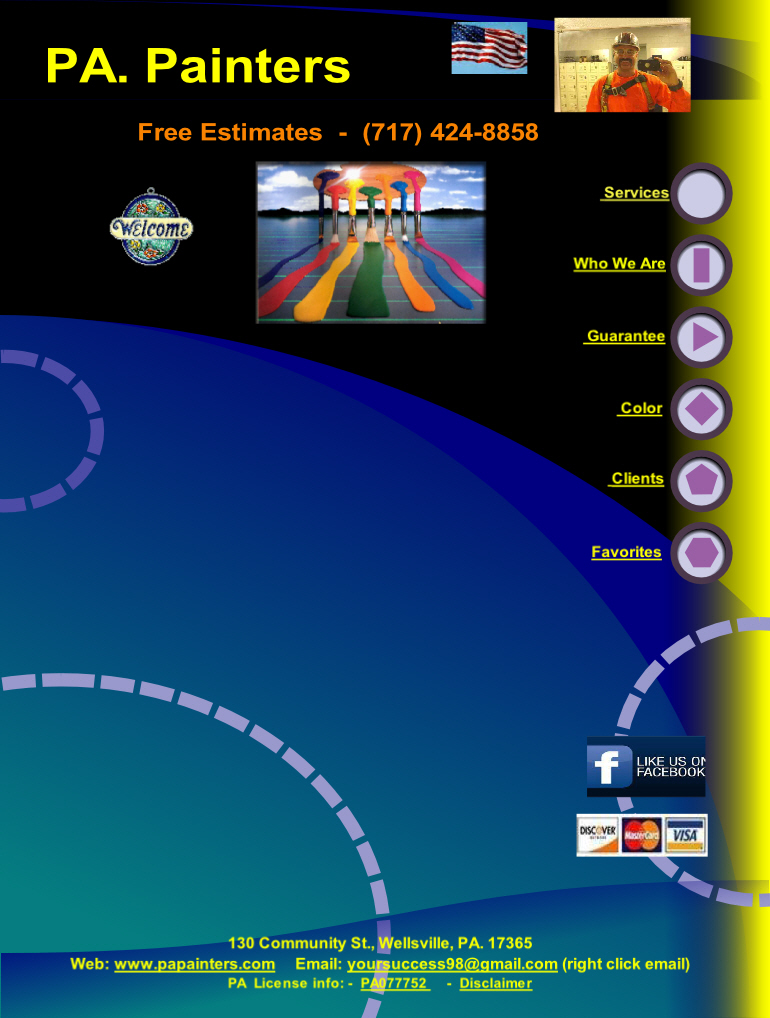
There are several Color Harmonies derived from the color wheel that can make the process of choosing colors less perplexing.
Monochromatic (single color) color combinations are variations in lightness and saturation of a single color. Their use creates a subtle reiteration of a color theme.
Analogous colors (related hues - e.g., red and red-orange) are adjacent to one another on the color wheel. The use of these kindred colors creates a harmonious and unified effect.
Complementary colors (opposite hues - e.g., red and green) are directly opposite one another on the color wheel. Their use creates an eye-popping color contrast.
Split-Complementary colors are produced when a dominant color is opposite not it's complementary color but the two colors adjacent to it's complementary. Their use creates the same high contrast as complementarities, but without the same degree of intensity.
Monochromatic (single color) color combinations are variations in lightness and saturation of a single color. Their use creates a subtle reiteration of a color theme.
Analogous colors (related hues -
Complementary colors (opposite hues -
Split-
Triadic colors are three equally spaced colors on the color wheel (making an equilateral triangle - e.g., purple, green, orange).
Their use creates a harmonious color richness and strong visual contrast.
Their use creates a harmonious color richness and strong visual contrast.
Four colors are in a Tetradic or Double Complementary relation when two pairs of opposites on the color wheel create two sets of high-contrast colors (e.g., yellow-purple and orange-blue). When choosing paint, it is helpful to know that paint swatches are organized by three principles:
The more black present in a color, the darker it's Value.
The more white present in a color, the higher it's Brightness.
The more black present in a color, the darker it's Value.
The more white present in a color, the higher it's Brightness.